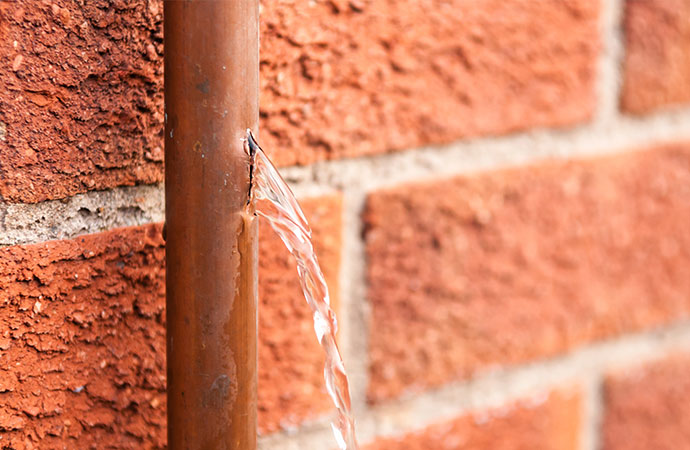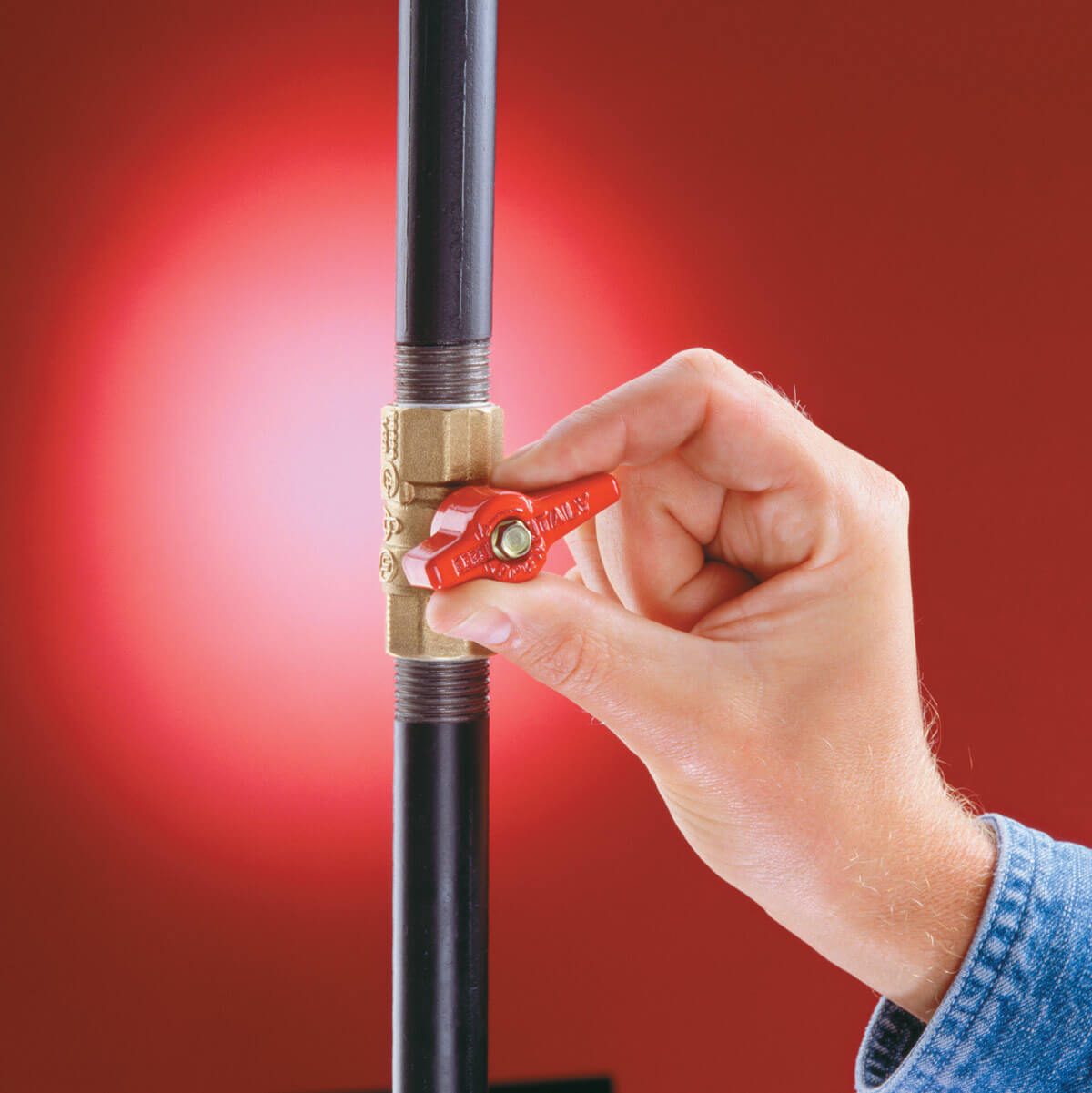Quick Overview: Identifying and Fixing Burst Pipes in Your Home
Quick Overview: Identifying and Fixing Burst Pipes in Your Home
Blog Article
Were you trying to locate critical information on How to Install and Connect a New Dishwasher?

A ruptured pipe is a significant emergency; you can only stand as you enjoy water you pay dearly to rejoin with the earth. In even worse cases, you observe a swimming pool on your kitchen flooring, which is a fantastic journey hazard, specifically if you have children around. If the pipeline that burst remained in your walls, problem: you might need to paint that entire section.
Just how can a disaster like a ruptured pipe be stopped and also managed? Well, by paying attention to your specialist emergency plumbers as well as adhering to these regulations.
How do I understand when my pipelines have burst?
Changing water stress
Pipes do not simply burst in a day. You might have seen that your kitchen tap or shower does not run immediately when you turn the tap. It might pause for a couple of secs and then blast you with more force than typical.
In other instances, the water might appear normal initially, then drop in pressure after a few seconds.
Wet wall surfaces and also water discolorations
Prior to a pipeline bursts, it will certainly leak, a lot of times. If this consistent dripping goes undetected, the leakage might graduate into a broad laceration in your pipeline. One very easy means to avoid this emergency is to look out for wet walls advertisement water discolorations. These water discolorations will certainly lead you right to the leak.
Puddles under pipes and sinks
When a pipe bursts, the discharge develops a pool. It might show up that the pool is expanding in size, and no matter how many times you mop the puddle, in a few minutes, there's another one waiting to be cleaned up. Commonly, you might not have the ability to map the pool to any kind of noticeable pipelines. This is an indicator to call a specialist plumber.
Untraceable trickling sounds
Pipeline ruptureds can occur in one of the most undesirable locations, like within concrete, inside wall surfaces, or under sinks. When your home goes quiet, you may be able to hear an irritatingly persistent dripping noise. Even after you've examined your shower head and also cooking area faucet, the trickling might continue.
Precious reader, the dripping may be originating from a pipeline inside your wall surfaces. There isn't much you can do regarding that, other than tell an expert plumber.
Shut down the Water
When water ices up, it increases in quantity by about 9 percent. And it increases with significant pressure: The pressure inside pipes might go from 40 extra pounds per square inch to 40,000 psi! No pipeline can hold that much pressure, so it breaks open. The break might happen where the ice types, but more often, it takes place where water stress discovers a weak spot in the pipe. That might be inches and even feet from the frozen area. Locate the water shutoff valve as well as shut off the water to prevent even more damages. You may also require to turn off the electrical power as well, relying on where the leakages occurs and also just how huge it is.
Contaminated water
Lots of people assume a ruptured pipe is a one-way outlet. Fairly the contrary. As water drains of the hole or gash in your plumbing system, impurities discover their way in.
Your water might be polluted from the source, so if you can, inspect if your water tank has any kind of issues. Nonetheless, if your alcohol consumption water is supplied and detoxified by the city government, you should call your plumber quickly if you see or smell anything amusing in your water.
What do I do when I identify a burst pipeline?
Your water meter will remain to run even while your water wastes. To decrease your losses, discover the main controls as well as turn the supply off. The water pipe are an above-ground structure beside your residential or commercial property.
How to Fix & Detect a Leaking Pipe
How Do I Know if a Pipe is Leaking?
Leak detection tests can help you determine if your pipe has a leak. Even if you don’t see an apparent leak, you should still conduct leak detection tests regularly to save water and money—and prevent major damage to your home.
Water meter. It can be helpful to figure out what your usual water meter usage numbers are and then monitor them regularly. To monitor your meter, first, turn off all water faucets in your home. Check the meter and write down the numbers. In a few hours, check the meter again. If the numbers have changed, you have a leak. Water gauge. Use a water gauge to test your water pressure. Your showerhead should produce a certain amount of water pressure based on its model and design. If the pressure is lower than it is supposed to be for that specific showerhead, your home likely has a leak. Puddles. Look inside your bathroom, laundry, and kitchen sink cabinets. Puddles around the cabinets or around toilets, tubs, showers, and washing machines indicate the presence of a leaking pipe. You may also notice loose tiles, peeling or flaking paint, or mold caused by water accumulation. Napkin test. Even if you don’t see any puddles, you may still have a leak. You can test for water leaks in the bathroom, laundry, and kitchen by wiping below-sink connections with a napkin, paper towel, or piece of toilet paper. If it becomes damp, you probably have a leaking pipe under the sink. Discolored walls. Walls that are discolored—usually with brown or yellow stains—or bulging might mean that they have been impacted by water damage caused by a leaking pipe. Smell. A leaky pipe will create sitting water, and over time, that water may develop a musty smell. If your home smells musty, but you can’t locate the source, it may be due to a leak. Steps for Fixing a Leaking Pipe
A leaky drain can be remedied by tightening the pipe base, replacing the drain seal, caulking the rim, and tightening the pipe nut. Similarly, a leaking toilet pipe can be treated by tightening the packing nut. You may also need to replace the valve. A leaky faucet may just need tightening or replacement of the washers. If that doesn’t work, consider replacing your faucet. If your pipe has a hole in it, you may want to use a pipe leak sealer or pipe leak tape. This quick fix for water pipe leaks can also temporarily fix a copper pipe leak. https://www.ahs.com/home-matters/quick-tips/how-to-tell-if-pipes-are-leaking/

I was made aware of that report about How to Prepare for Your Dishwasher Installation from someone on our other web address. Sharing is good. Helping others is fun. I appreciate reading our article about How to Prepare for Your Dishwasher Installation.
View
Report this page